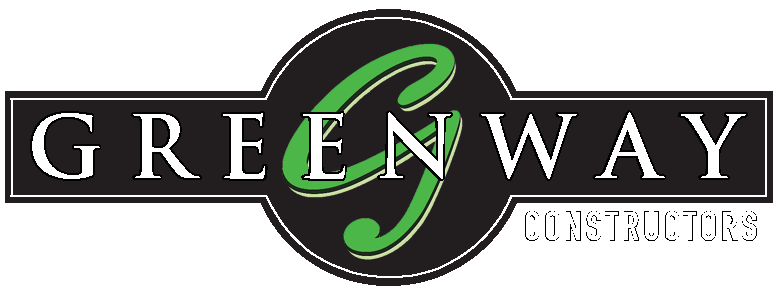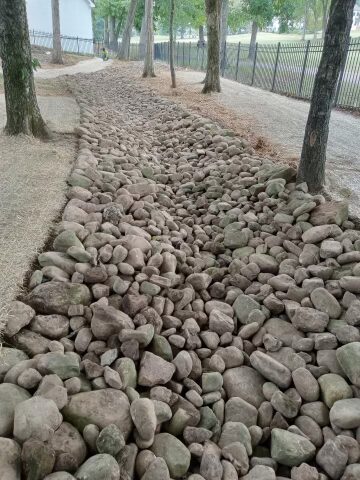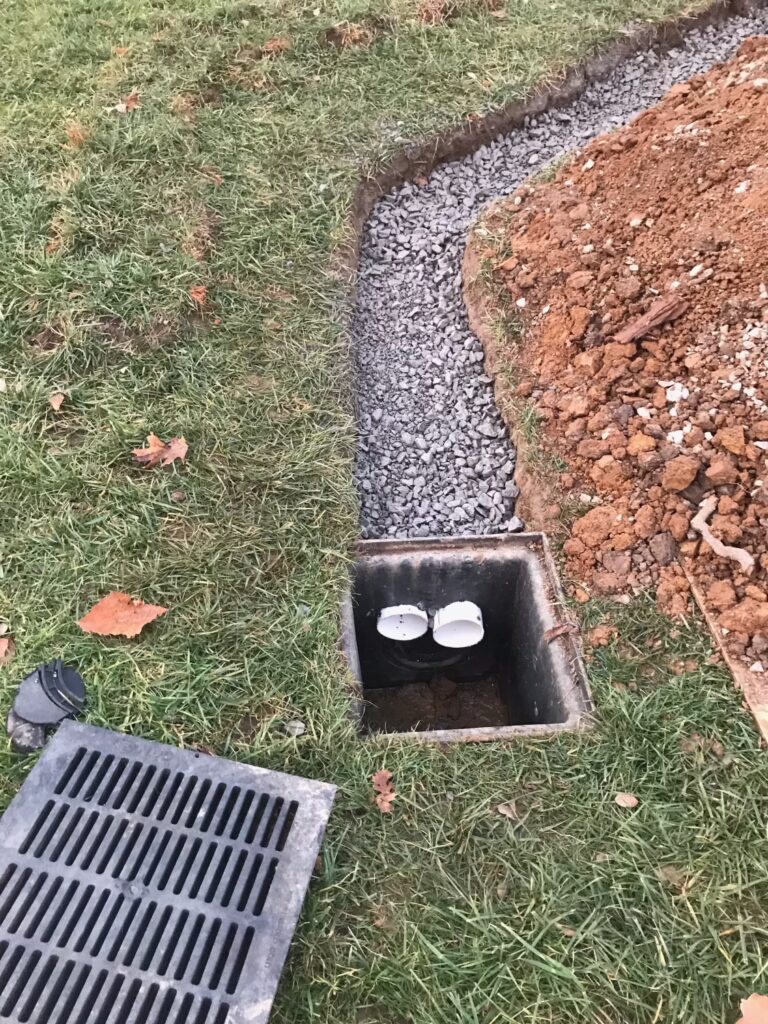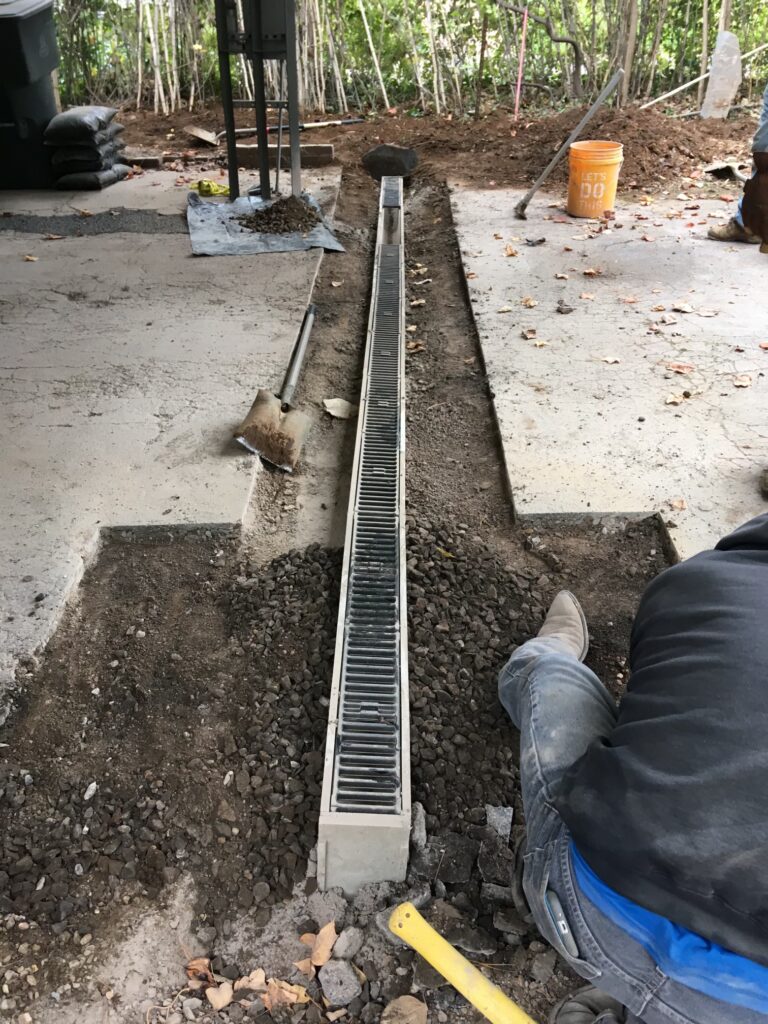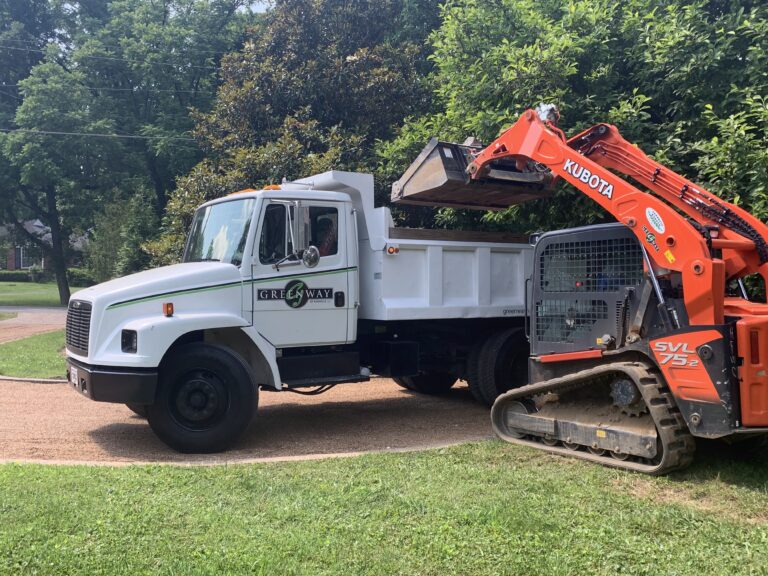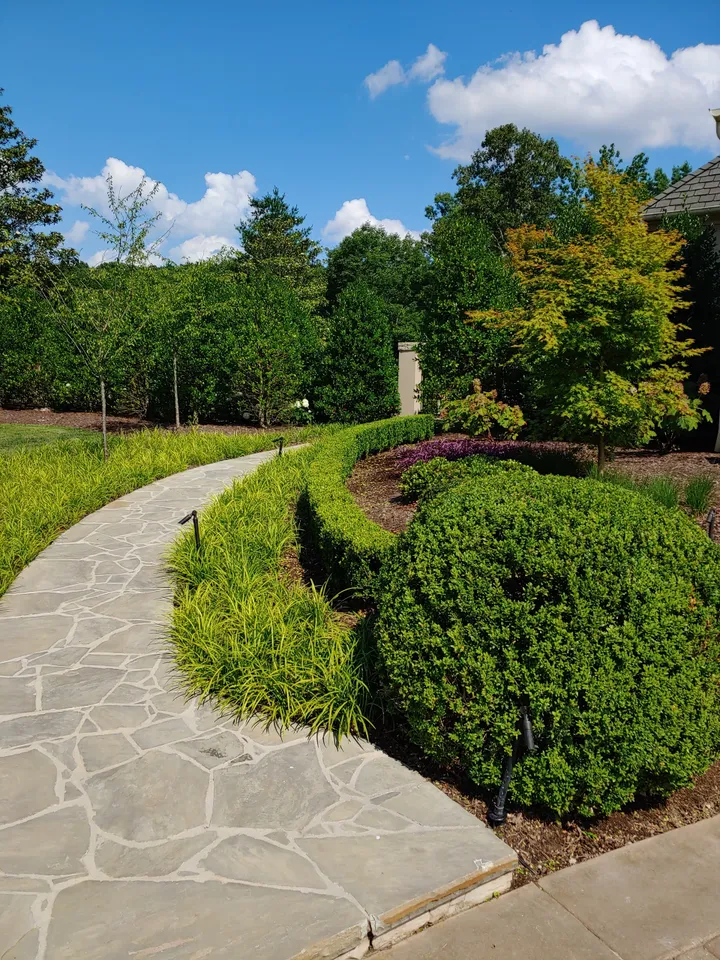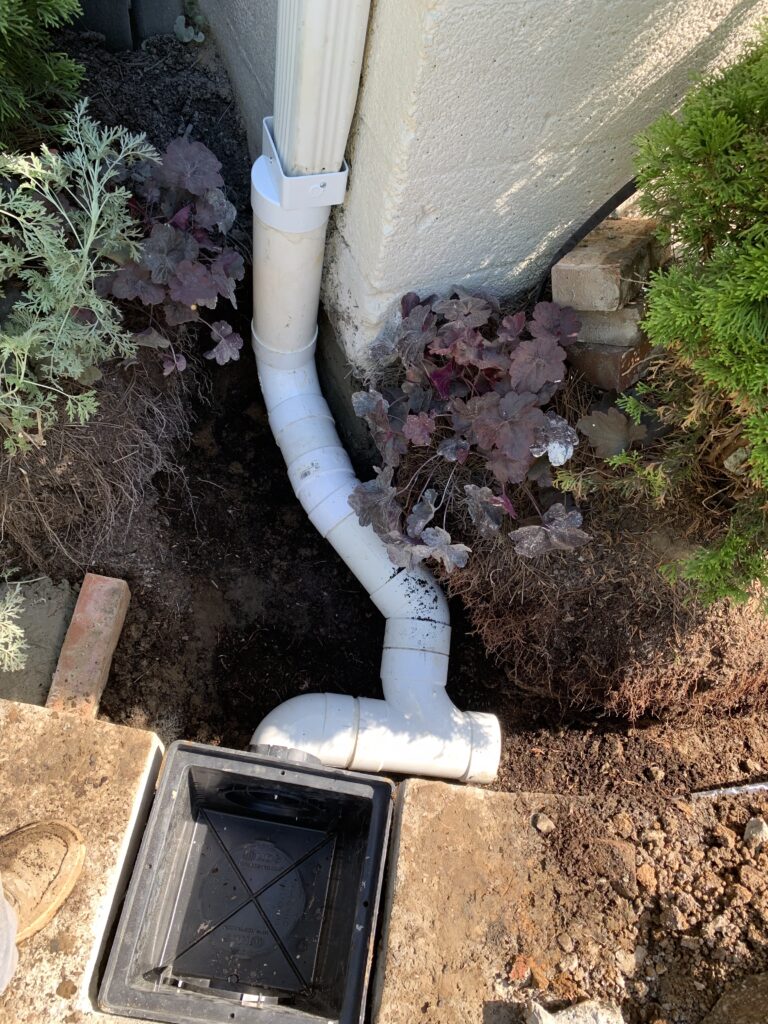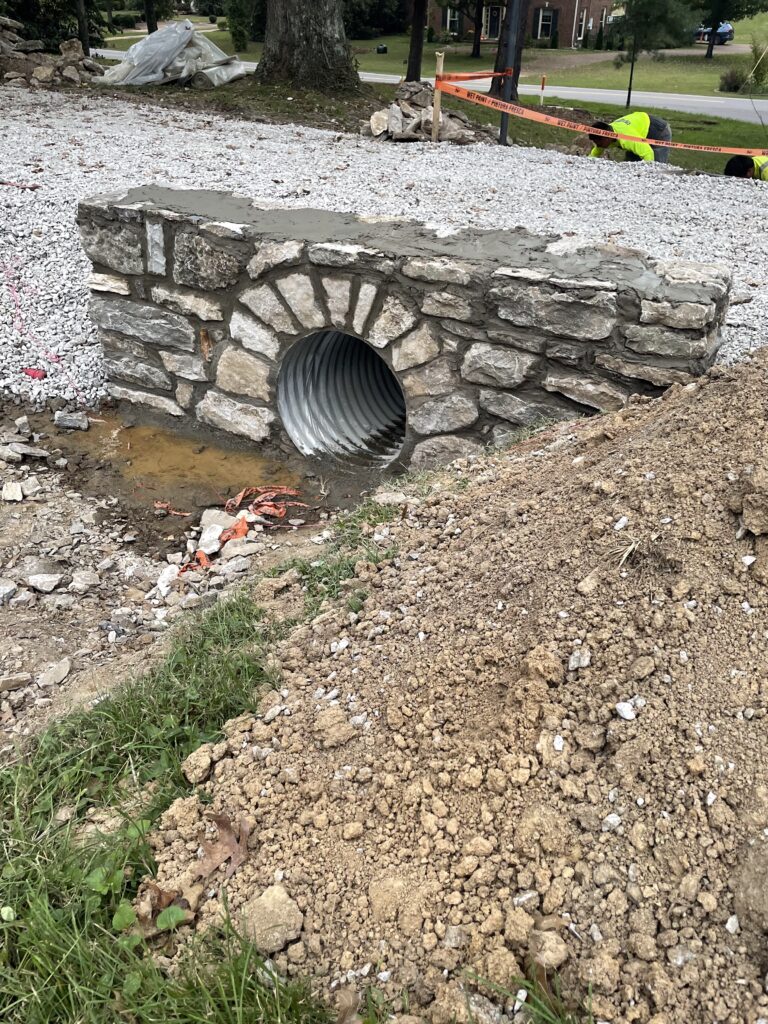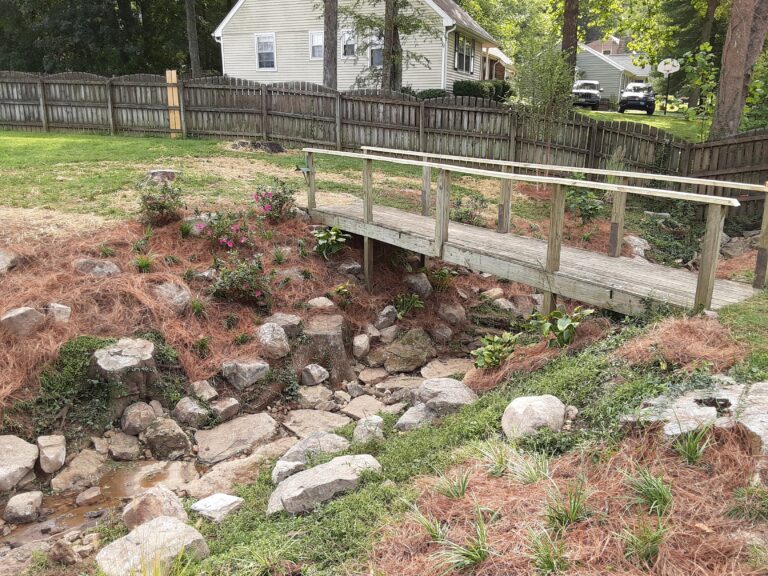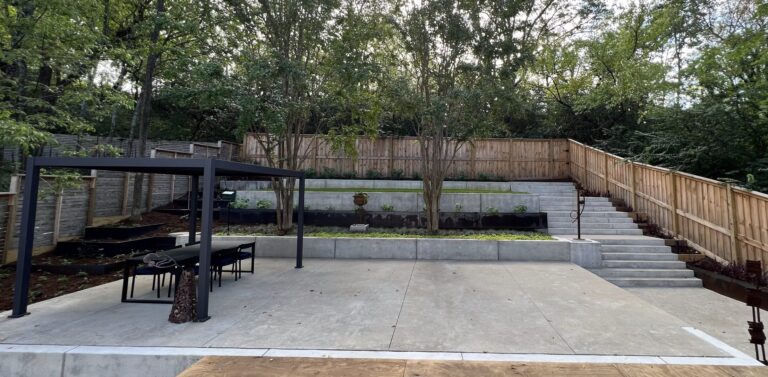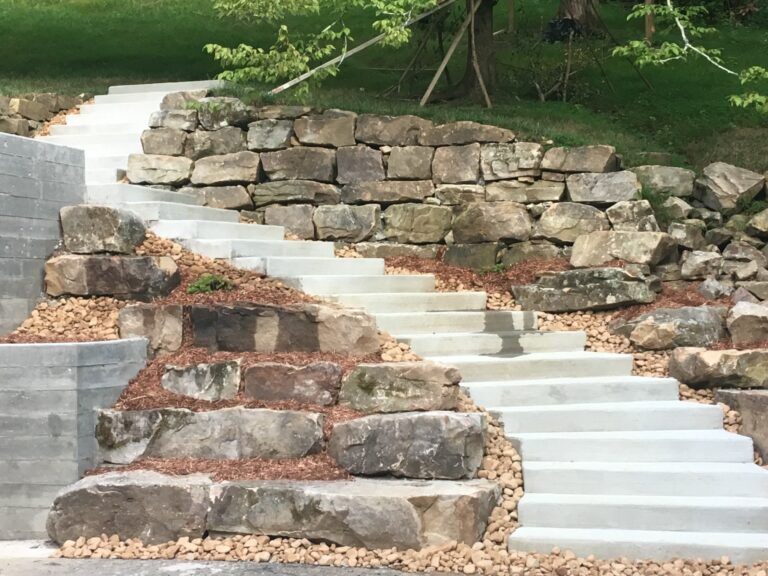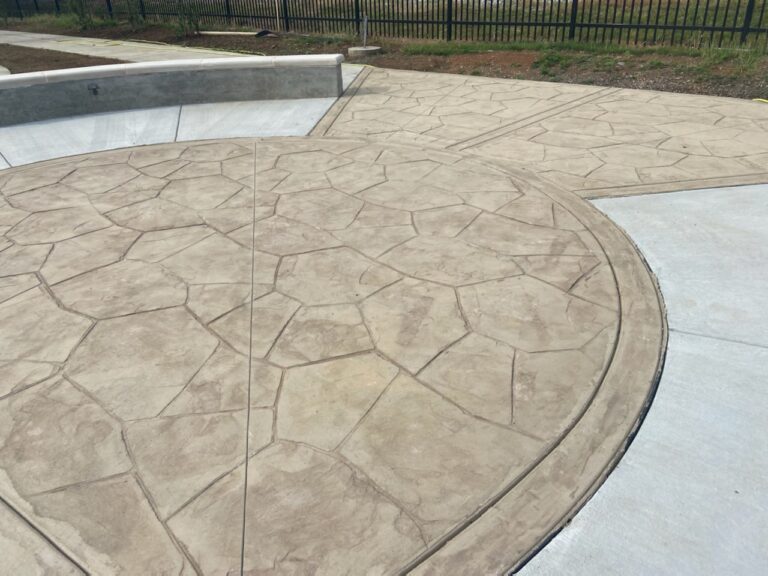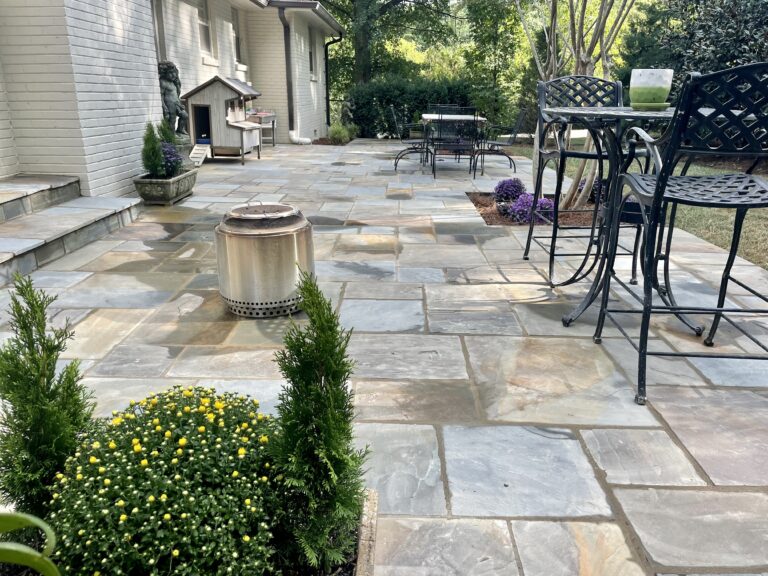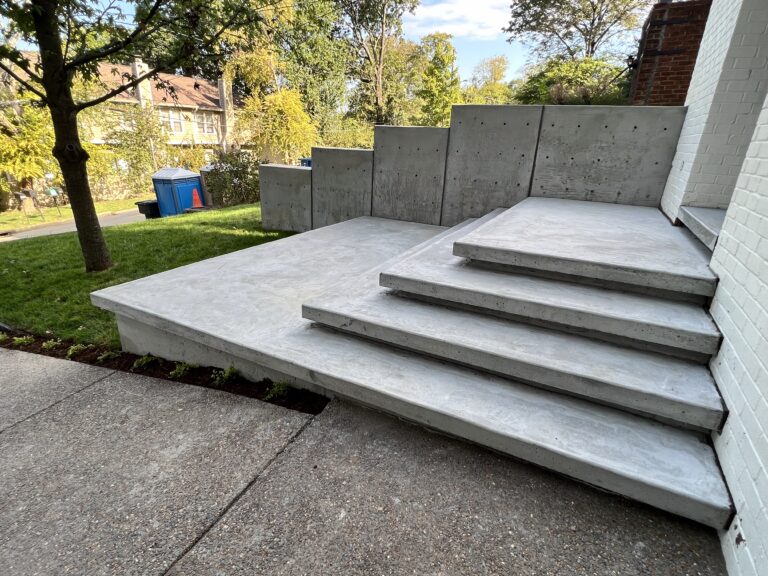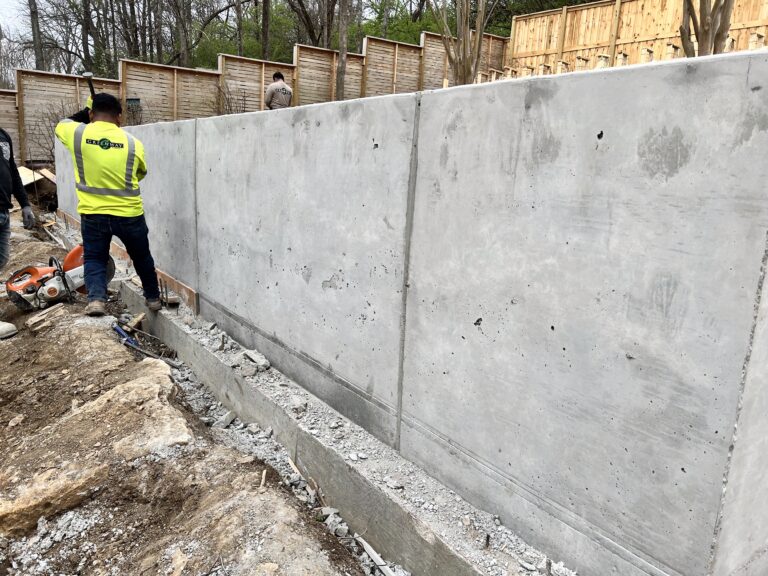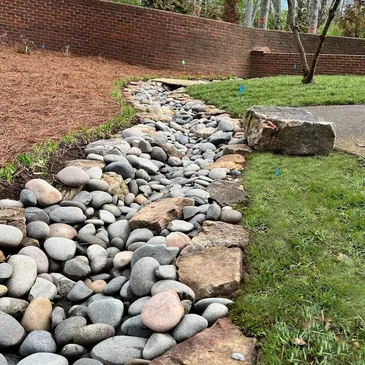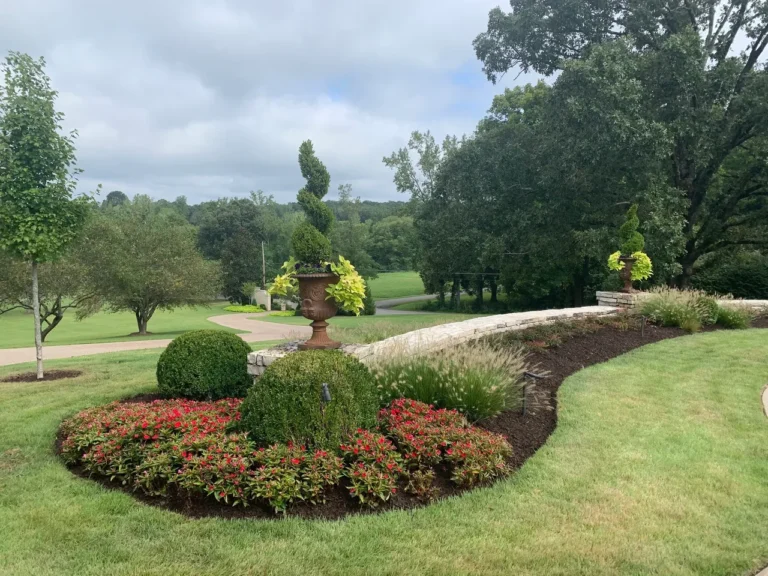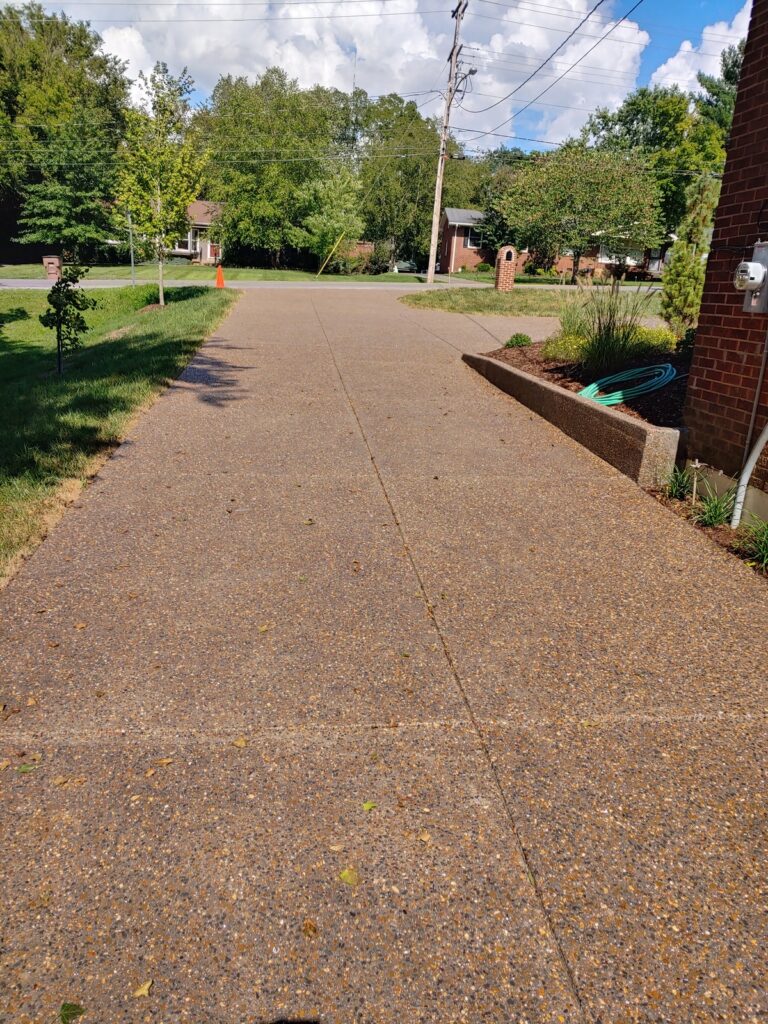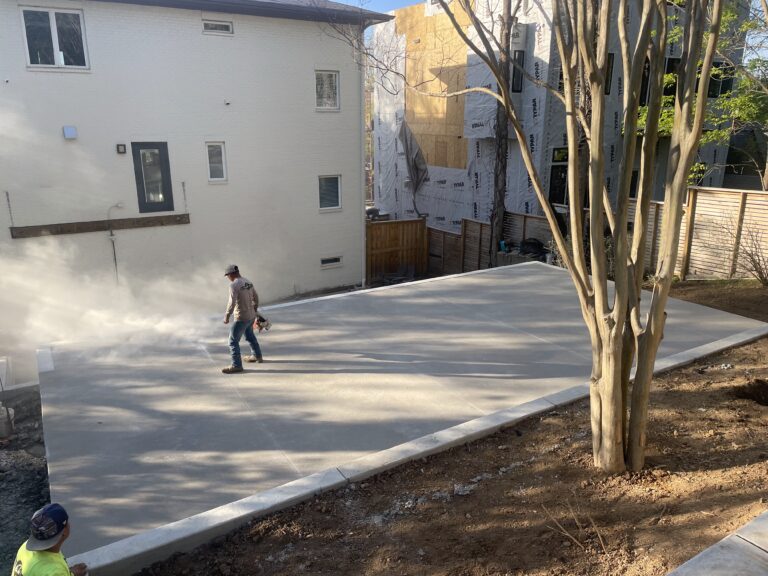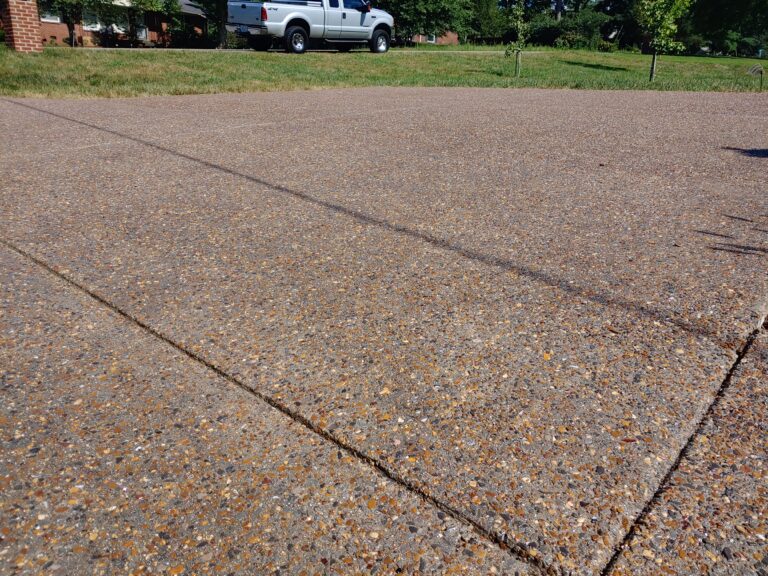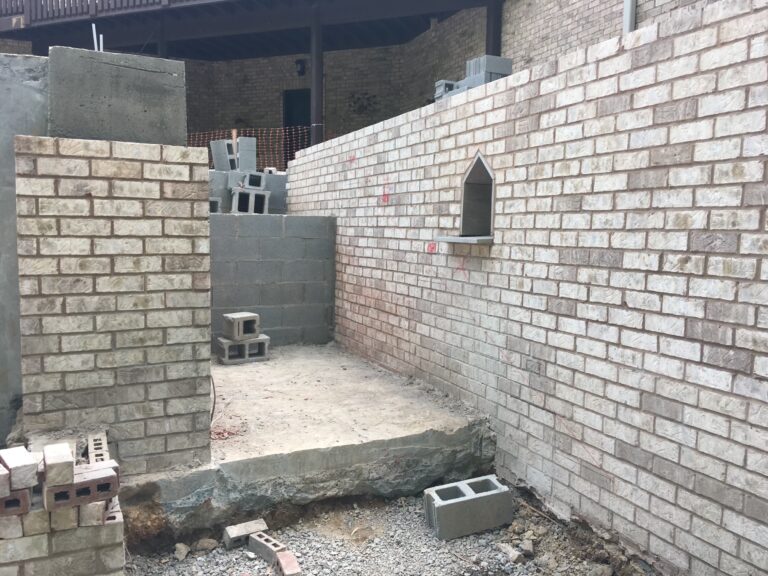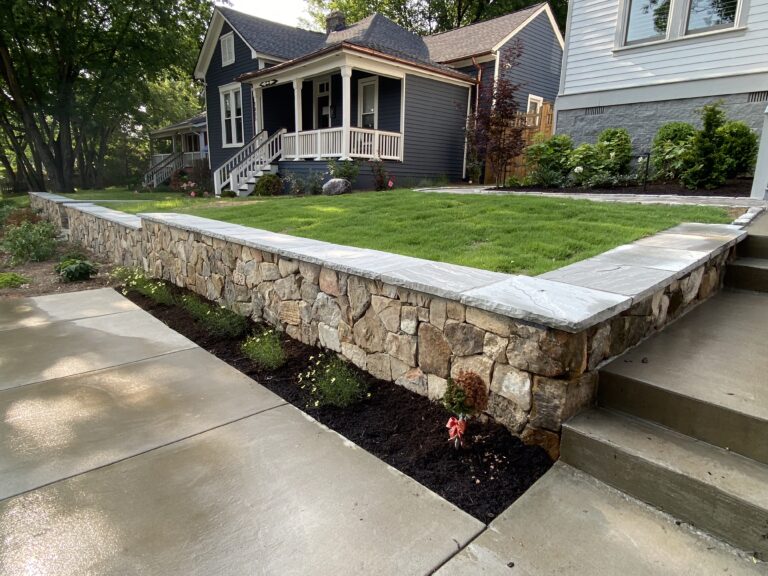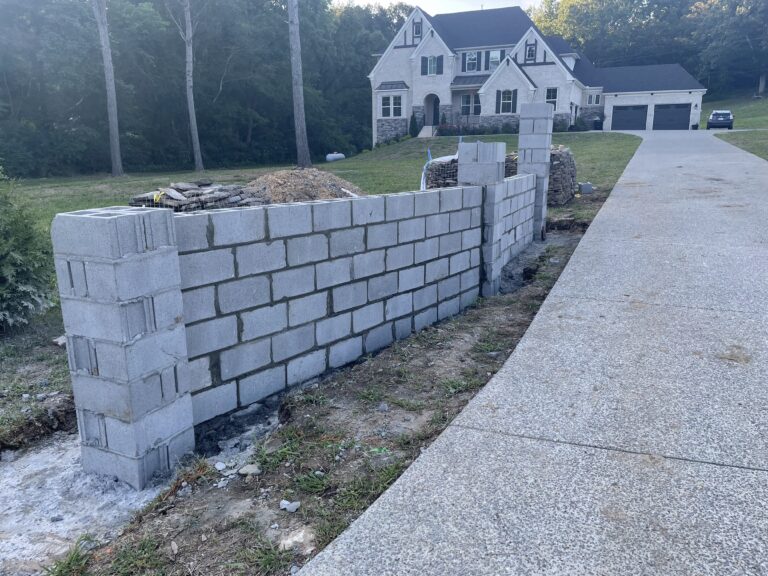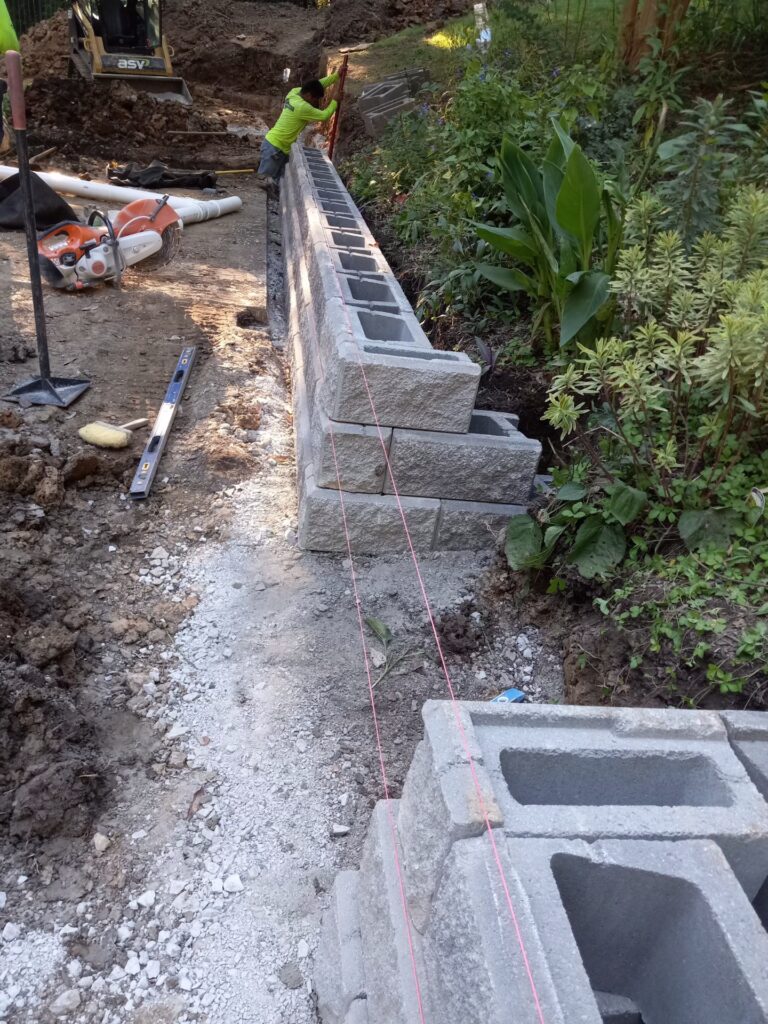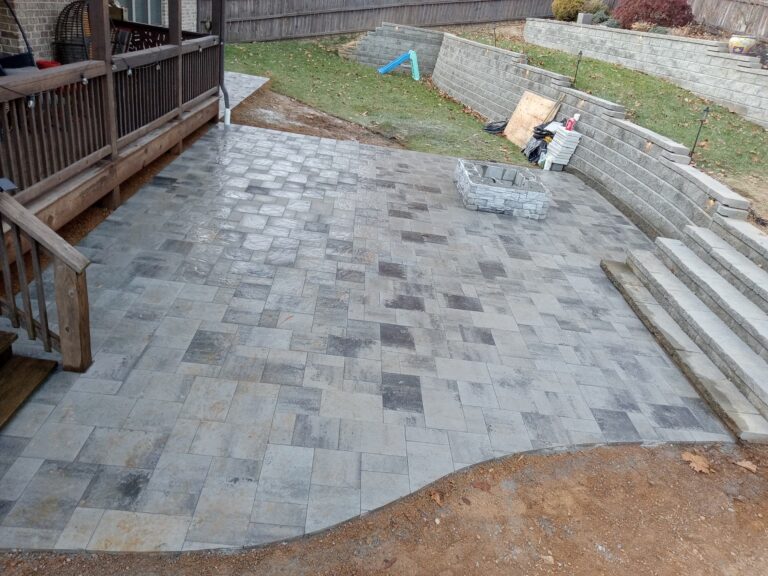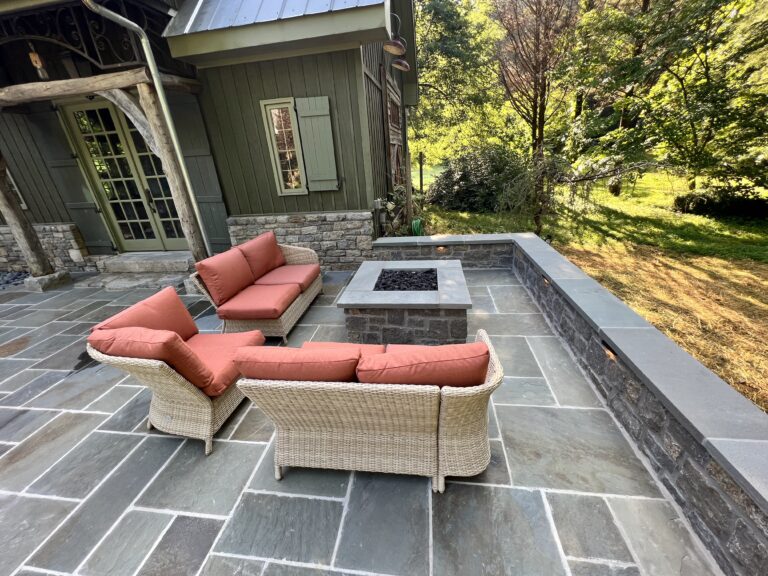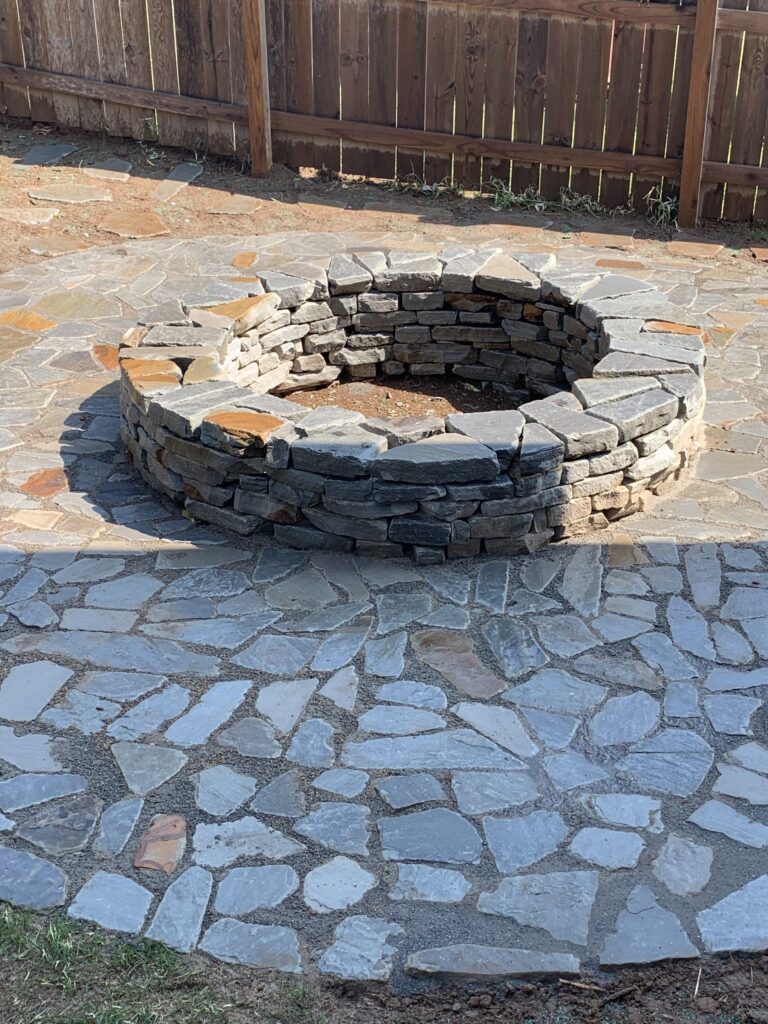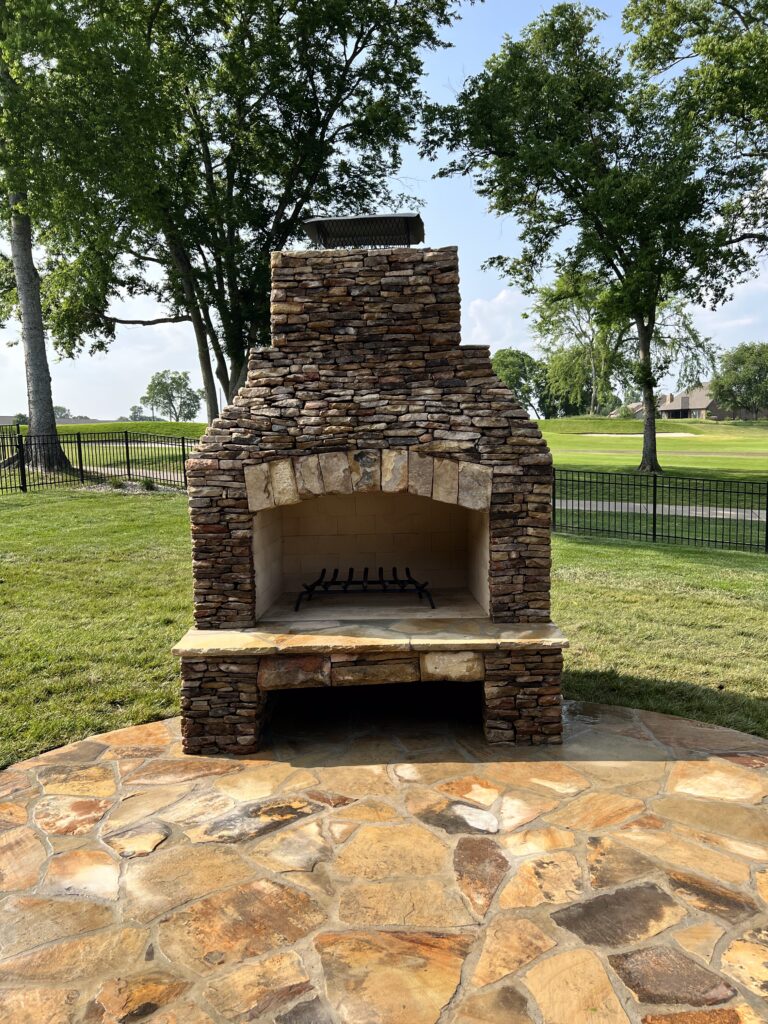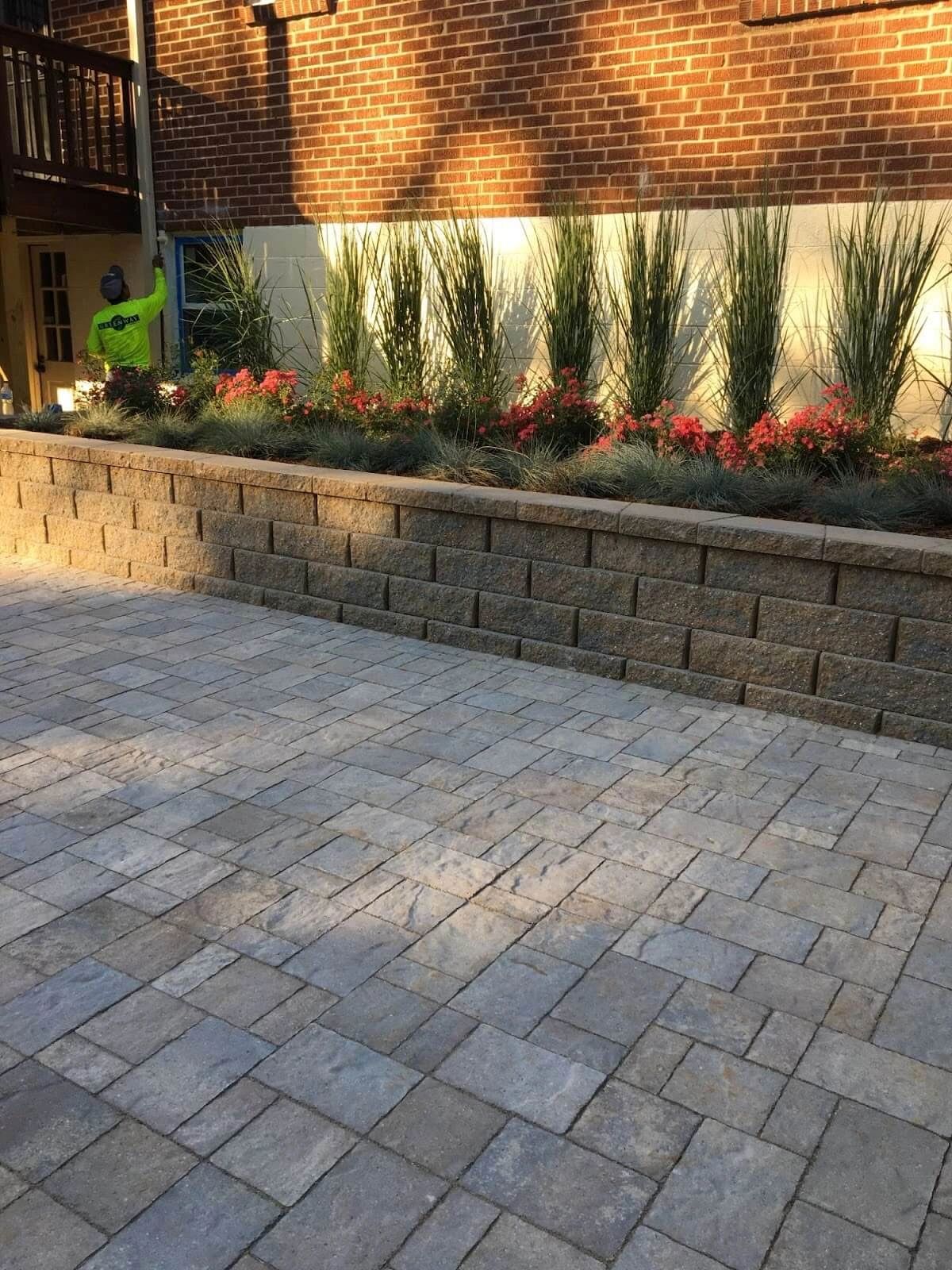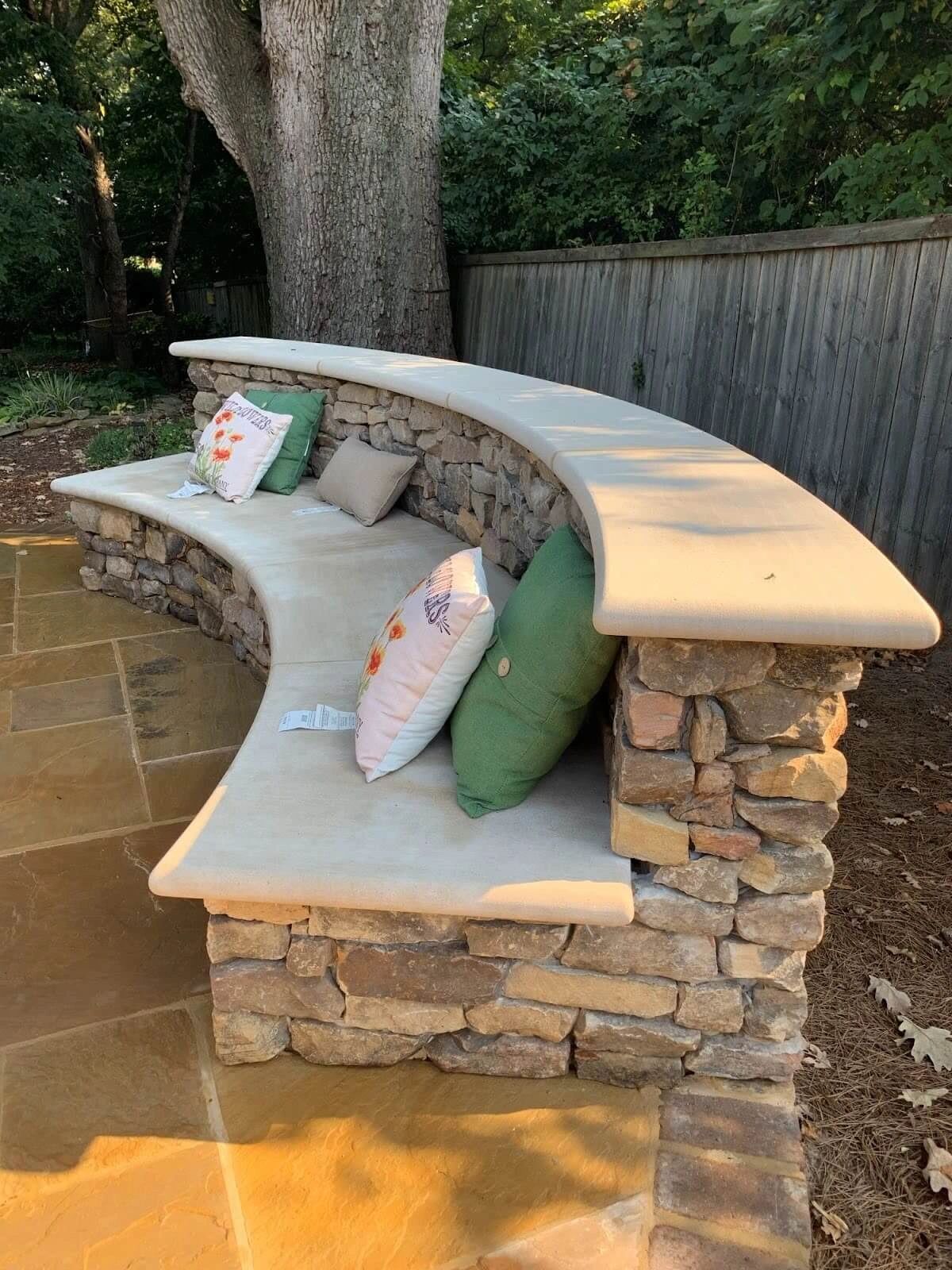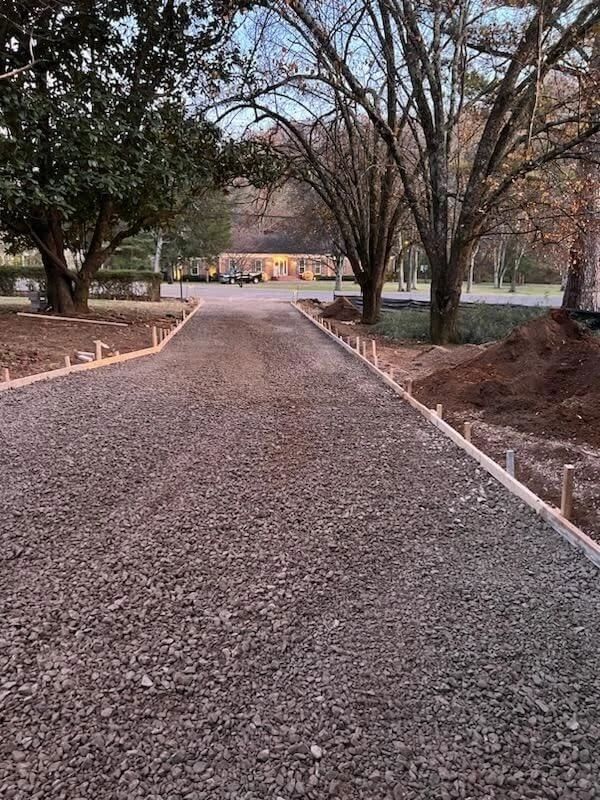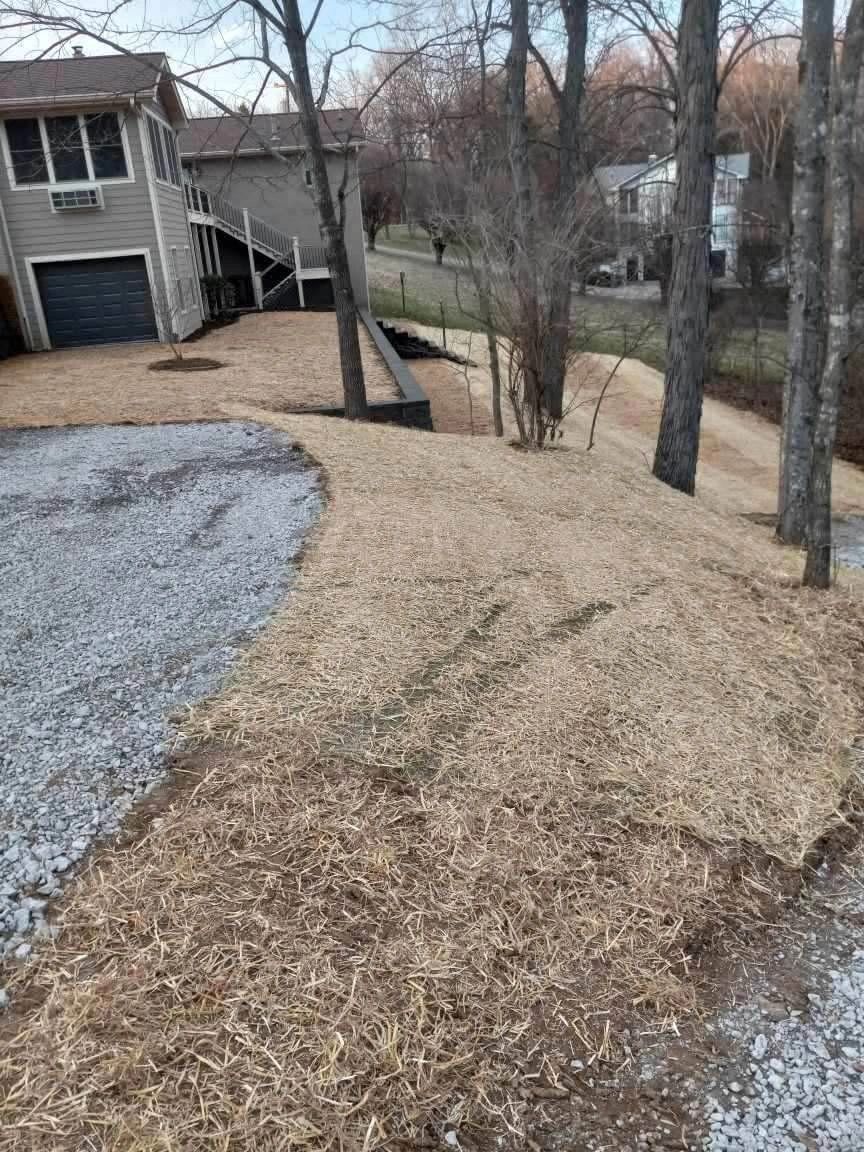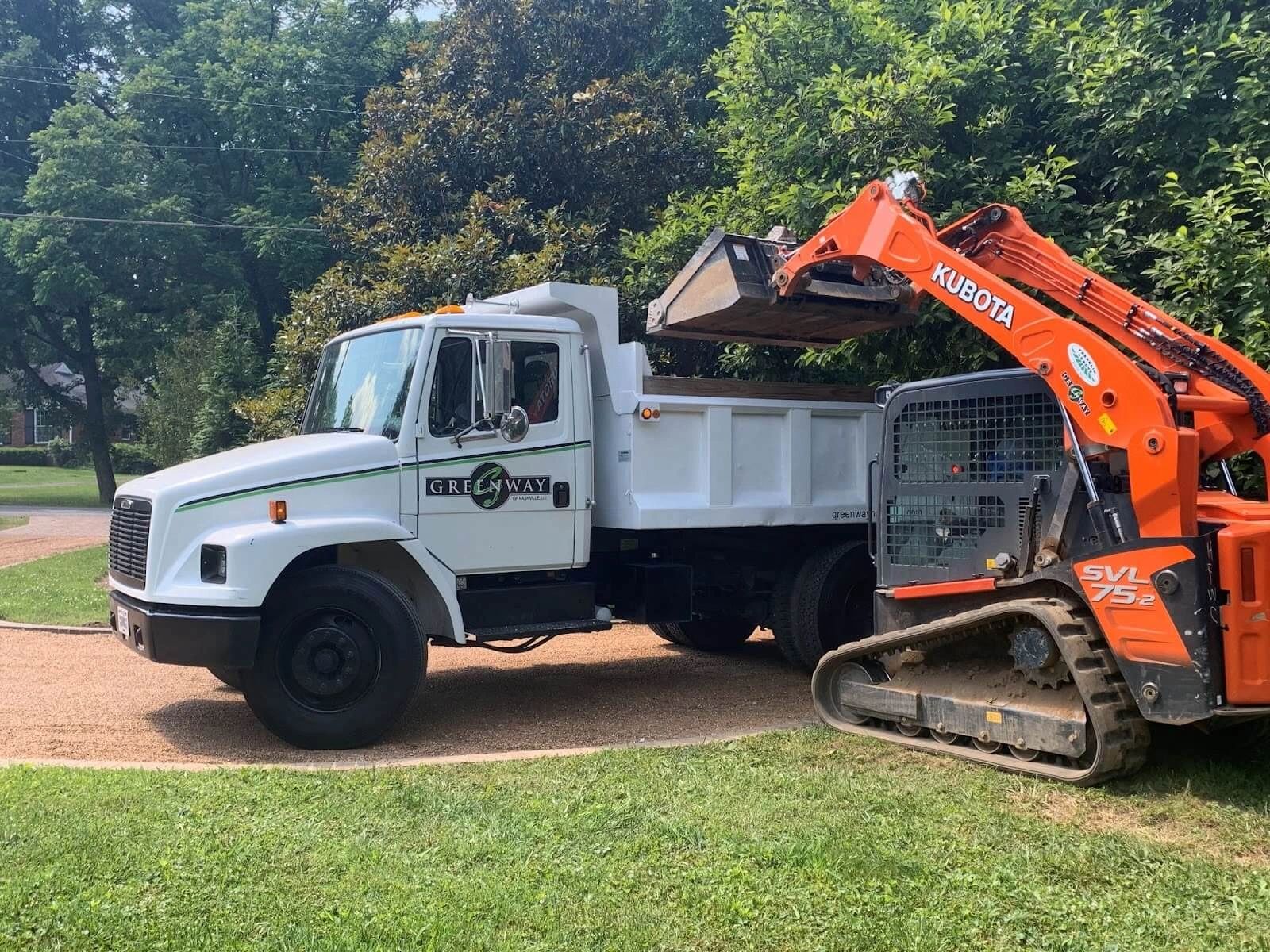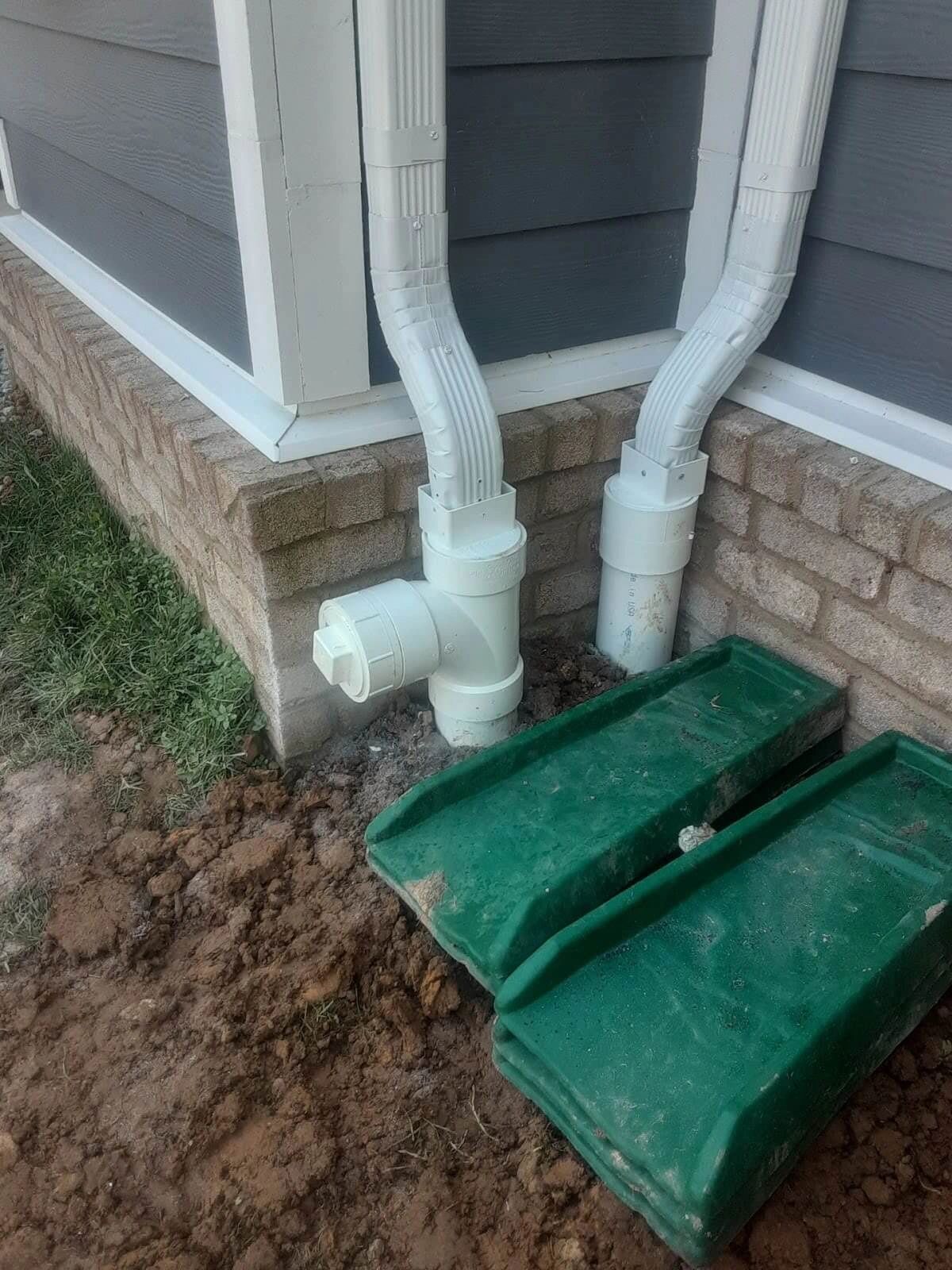Retaining walls serve as both functional and aesthetic elements in landscaping, helping to prevent soil erosion, manage sloped terrain, and create level spaces for outdoor spaces. Among the various materials available, manufactured block retaining walls have become a preferred choice for homeowners and contractors alike. These blocks are designed for durability, ease of installation, and visual appeal, making them a top option for both residential and commercial landscaping projects. We’ll show you how retaining wall block manufacturers design these blocks for stability, the advantages of using them over other materials, the installation process, and how Greenway makes installing retaining walls easy for Nashville homeowners.
Designed for Stability: What Makes Manufactured Blocks Ideal
Manufactured retaining wall blocks are engineered to interlock and stack securely, providing a structurally sound wall that withstands the pressures of soil and weather conditions. Most retaining wall blocks feature a rear lip, tongue-and-groove system, or pin connections that help them lock together, reducing movement and increasing stability. These blocks are made of high-density concrete, giving them substantial weight to resist soil pressure. Many blocks have rough or chiseled textures that enhance grip when stacked, providing additional reinforcement. Their design also ensures even weight distribution to prevent shifting. Concrete is durable in the face of the variety of weather events that are common throughout the year in Nashville. Some manufacturers also incorporate built-in drainage channels or hollow cores to improve water flow and reduce hydrostatic pressure behind the wall. By allowing water to move out of the area, the retaining wall is less likely to fail.
Benefits of Retaining Wall Blocks Over Other Materials
While there are various materials available for retaining walls, manufactured concrete blocks offer unique advantages that make them an excellent choice:
- Durability and Longevity: Concrete blocks are resistant to weathering, pests, and moisture, making them last for decades with minimal maintenance.
- Ease of Installation: The uniform size and interlocking design of retaining wall blocks make them relatively easy to install compared to natural stone or poured concrete.
- Aesthetic Versatility: Available in various colors, textures, and finishes, retaining wall blocks can complement any landscape design.
- Cost-Effective: While they may have a higher upfront cost than some materials, their longevity and low maintenance make them a cost-effective investment.
- Structural Strength: Unlike timber walls that may rot over time, concrete blocks provide unmatched stability and strength.
How Concrete Retaining Wall Blocks Are Installed
Creating a retaining wall with manufactured blocks should involve careful planning and precision. Without preparation, this project can fail and result in an expensive redo.
The first step is planning. Before any blocks are laid, the site must be assessed for soil type, slope, and drainage needs. A proper design plan ensures the wall will hold up over time. Thorough consideration of the height and length needed for the wall ensures the right number of blocks are ordered. During preparation, it’s key to also look at other projects that should be done simultaneously, like drainage solutions that will make your wall last longer. Greenway’s team of professional contractors will also check for necessary permits, especially for taller walls that may require engineering approval.
As the project gets underway, the space itself needs to be prepared. The area that will make up the wall will be marked using stakes and string to create a visual indicator of its location, keeping the blocks on track. It’s important to excavate the site to create a level trench for the base. There also needs to be a stable foundation for a long-lasting retaining wall. A base of crushed stone or gravel is used rather than soil, as it provides better drainage and compaction. A trench of at least six to eight inches deep and twice as wide as the blocks should be created, and several inches of crushed stone are placed within. This is then compacted using a plate compactor to prevent the material from shifting underneath the blocks and also making it level.
The first row of retaining wall blocks determines the stability of the entire wall. Precision is crucial in this step. The first row of blocks is placed on the compacted base, checking that everything is level. The blocks are tapped into place with a rubber mallet to ensure firm placement. Backfill is added behind the first row to improve drainage.
After the base row is securely in place, the remaining blocks can be stacked following the manufacturer’s interlocking design. The second row is offset so that the seams do not align with those of the row below. Some blocks require reinforcement with sturdy pins. From here, continue stacking and backfilling with gravel as each row is added.
Keep in mind that a drainage system may need to be added when building the retaining wall. Water buildup behind a retaining wall can lead to failure, so proper drainage is essential. If adding a French drain, a PVC pipe is placed at the base behind the wall to collect and redirect water. It will be covered with gravel when backfilling the wall. Weep holes in the wall will also allow some water to escape, reducing pressure behind the wall that could otherwise lead to collapse.
As the wall nears completion, you can install capstones using concrete adhesive for a finished look. Any remaining area can be backfilled with soil to cover the gravel and should be compacted. You can landscape around the wall with plants, mulch, or decorative stones to make the wall even more attractive and serve as a feature in the yard.
Retaining Walls Done Right With Greenway of Nashville
You want your retaining wall to be a long-lasting, safe, and aesthetically pleasing structure. Installing a retaining wall on your own is possible, but it takes time and effort you may not have to spare.
At Greenway of Nashville, we understand how everything—including soil conditions, water drainage, and weight loads—affects whether your retaining wall is structurally sound. Our teams have access to the heavy equipment and tools needed for excavation, compaction, and precise block placement. Installing retaining walls is a major service we provide throughout the region, meaning we know exactly how to create a wall that lasts while looking amazing. With a wall crafted the right way through comprehensive planning and detailed execution, you’ll avoid expensive mistakes and redos.
Some municipalities have regulations on retaining walls over a certain height, requiring engineering and permits. We take care of this on your behalf, from pulling permits to ensuring the structure is built within any regulations.
Install Retaining Walls the Right Way
Your home will be the talk of the neighborhood when you enhance your landscape with a custom retaining wall. Greenway of Nashville’s professional installation services give you the expertise, efficiency, and lasting results you want without the frustration. It’s time to give Greenway of Nashville a call to discuss your project and ensure your retaining wall is built to stand the test of time!
